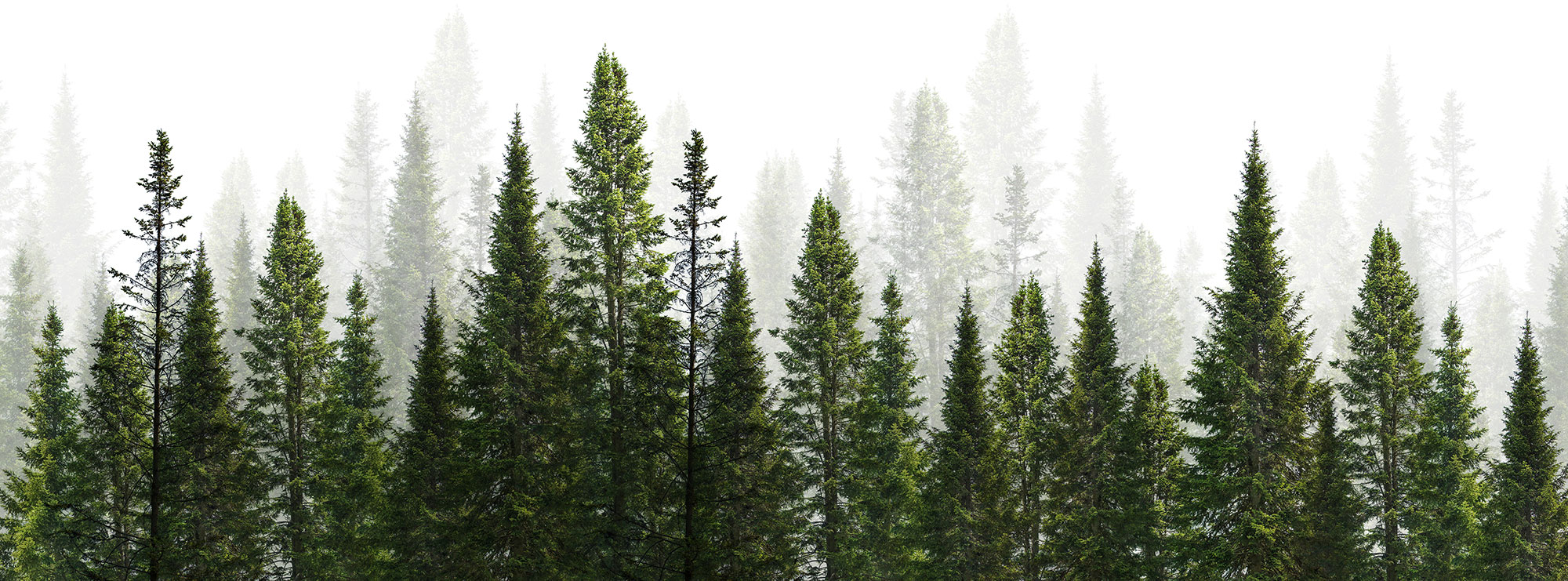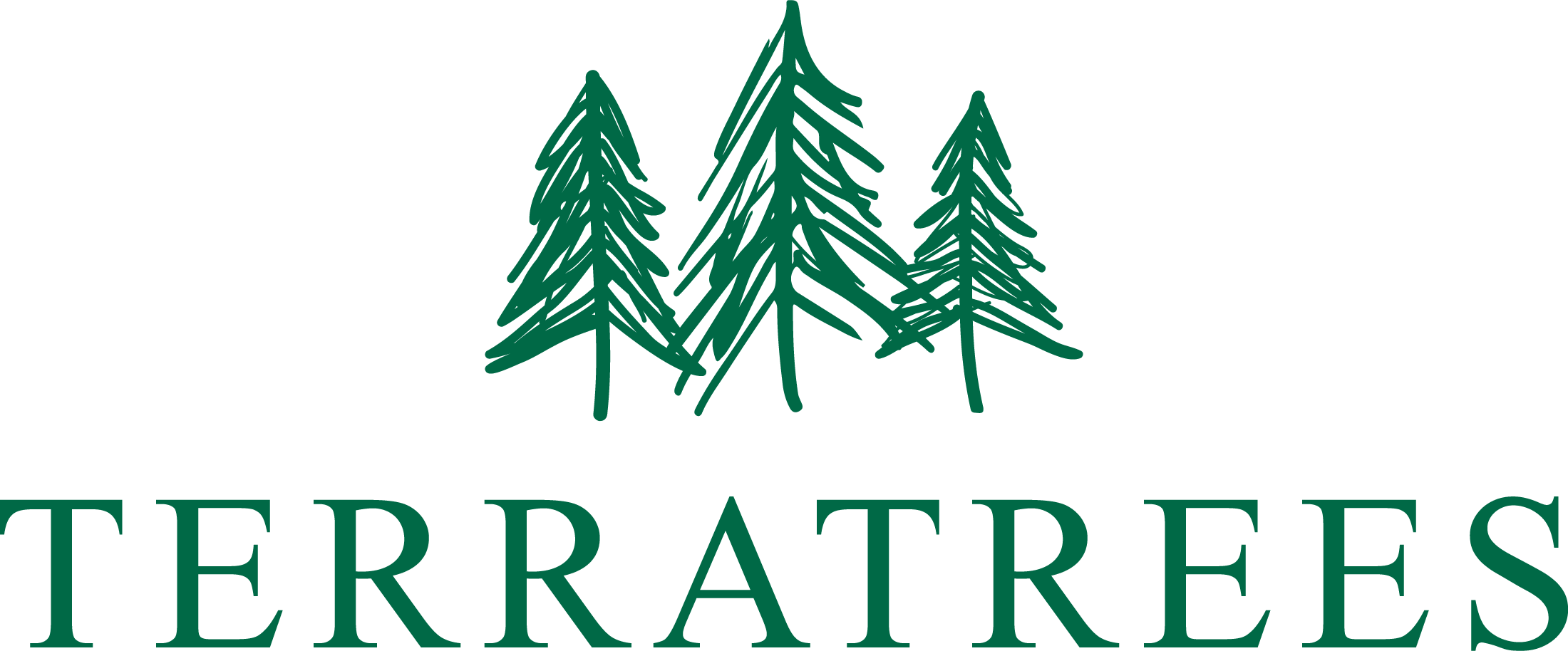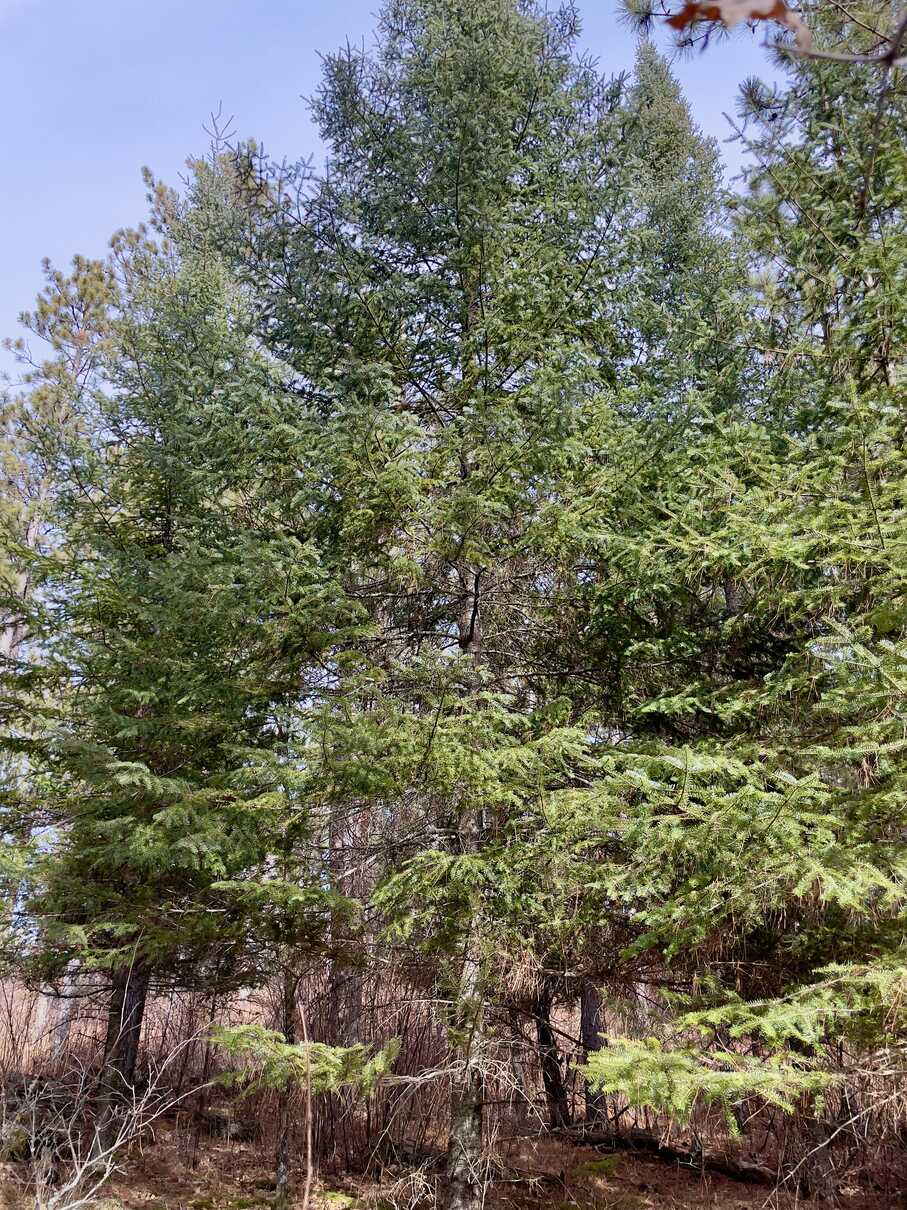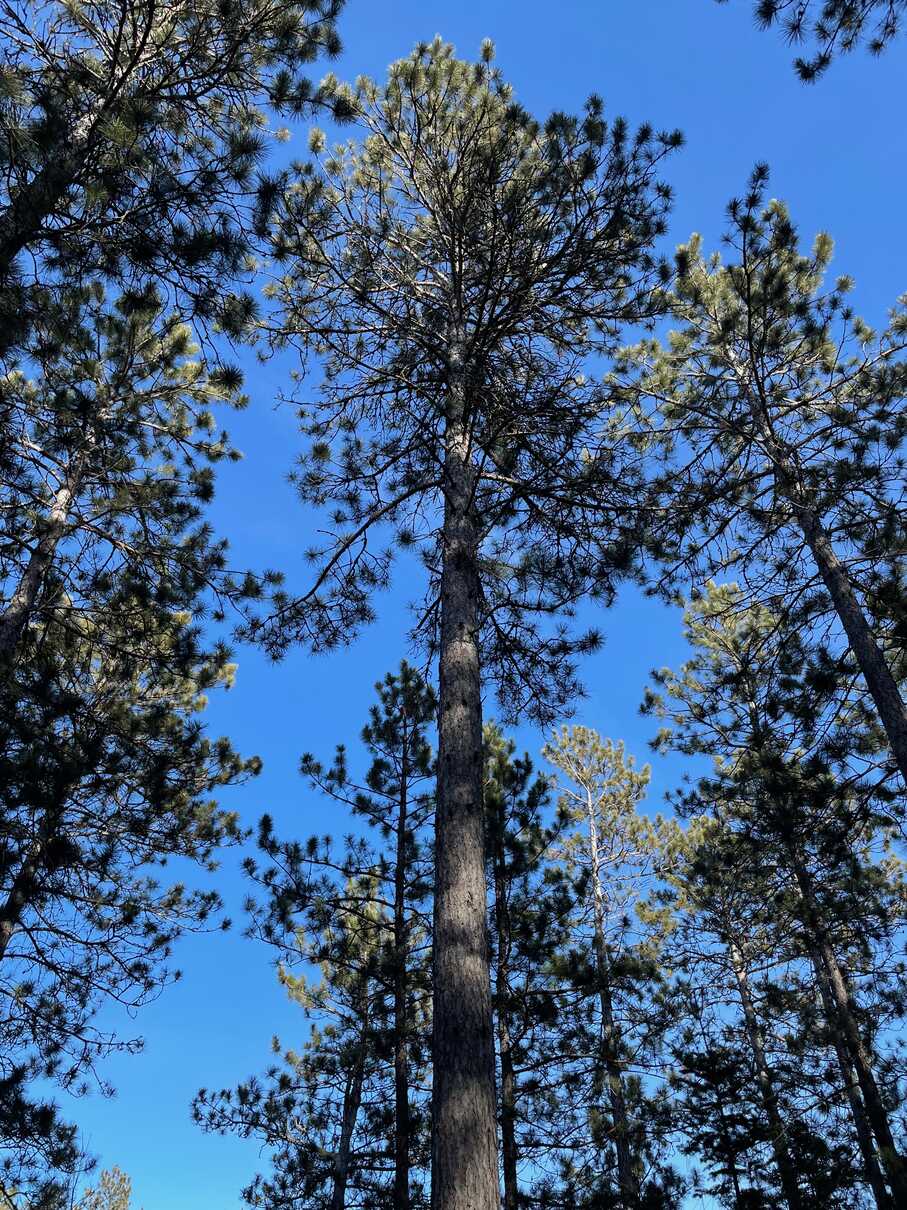THE HAVEN
Tree Species
THE HAVEN is a mature forest right off MN County Road 95 near Itasca State Park.
We have a variety of tree sizes and several different species to fit each situation and budget. Our easy-to-follow walking paths provide good accessibility. When selecting a tree, consider the mobility of all who may want to visit as some trees require slightly more of a hike to access.
Can’t make it onsite to choose?
No problem.
Because we know our land so well, we can provide photos, consultation, guidance, and real-time support to families who are unable to visit the property. We’ll ensure you select the perfect tree.
Northern Red Oak
(quercus rubra)
One of the faster growing oak species, reaching a height of 55-80' with diameters from 24-36". Its acorns are an important winter food source for squirrels, deer, wild turkeys, and many songbirds.
Lifespan up to ~300 years.
Paper Birch
(betula papyrifera)
Grows to a height of 65-70' with diameters 14- 20". The bark is thin and papery, becoming a pure and gorgeous white with age. The bark separates into thin sheets that often roll up. Paper birch serves as a shelter tree and food source to game birds, songbirds, insect pollinators, sapsuckers, and small mammals.
Average lifespan ~50–80 years.
River Birch
(betula nigra)
Very similar to the paper birch, grown as a single-stem tree or in a clump as a multi-stemmed tree with three or more trunks. Fast-growing, shade tree popular for its ornamental peeling bark. Grows to a height of 50-75 feet. Foliage turns golden in fall.
Average lifespan ~50–75 years.
Balsam Fir
(abies balsamea)
Minnesota's only native fir. Grows to a height of 50-70 feet, occasionally topping 90 feet where it features a beautiful pyramidal form. Often found on tree farms and lots, known for its very appealing fragrance and long needle retention. It’s an important winter deer browse and general cover. It is very shade tolerant and often begins its life cycle growing in sometimes dense patches of the understory.
Average lifespan ~80-200 years.
Quaking Aspen
(populus tremuloides)
May reach a height of 65-80’ with diameters 12-20". White or light grey bark and light green, oval-shaped leaves. In the fall, leaves turn a bright golden yellow. The stalk that attaches the leaf to a branch is flat and angled, creating the trembling or “quaking” quality of the leaves, giving the tree its name. This may be an adaptation to shake insects off of the leaves. This tree is used by songbirds, small mammals, and for browse by game mammals.
Average lifespan ~50–70 years.
White Spruce
(picea glauca)
Grows to a height of 40-60', occasionally 100 feet. While relatively slow growing, it has few or any disease or insect pests of significance.
Average lifespan ~100-250 years.
Red Pine
(pinus resinosa)
The Minnesota State Tree - also called the Norway Pine, a misnomer as it did not originate in Norway. One of the tallest trees in Minnesota, capable of reaching over 100 feet tall with diameters 30-40”. Bark forms large reddish-brown plates as it matures, giving the tree its characteristic appearance and common name. Begin producing cones at 15-20 years of age. Red pines continually shed their lower limbs as a natural process of self-pruning, which benefits the overall health and survival of the tree. As the pine grows taller, its lower branches receive less sunlight due to the shading effect of the upper canopy and are therefore naturally shed by the tree. Red pines can provide nesting sites for eagles and other birds, a shelter for mammals, and a habitat for mid-successional understory vegetation that provides valuable wildlife browse.
Average lifespan ~200-400 years.
Jack Pine
(pinus banksiana)
One of the hardiest pines, though not as long lived as red or white pines. Grows to a height 25-60' with diameters of 8-20". Many trees have ripe cones when seven years old. The cones are about 1-1/2" long, often strongly curved, brown when ripe, turning gray later, sometimes remaining on branches unopened and containing good seeds for many years. This makes the branches very aesthetic and fun to decorate with during the holidays.
Average lifespan ~100 years.
Eastern White Pine
(pinus strobus)
This stunning tree has a very special place in our hearts. The species suffered devastating losses in Minnesota during the turn of the century when logging made it all but disappear. And it’s an extremely difficult tree to bring back because the deer love to eat the buds. It’s like prime rib to a t-rex. Not even joking. We’ve worked diligently since 2014 to babysit this species from deer browse, insects, and competing vegetation. We’ve had ups and downs, but we’ll keep at it because this iconic tree absolutely deserves its place in Minnesota forests. Eagles love to build nests in both red and white pines. Height 80' to 100'; up to 42" in diameter; straight trunk and regular pyramidal shape with soft gray-green foliage. The needles are divinely soft!
Average lifespan ~200-450 years.
Still have questions?
To start your journey and understand how THE HAVEN can be a powerful source of healing and joy for your family, book a discovery meeting so we can be sure to answer all your questions. Schedule Now



